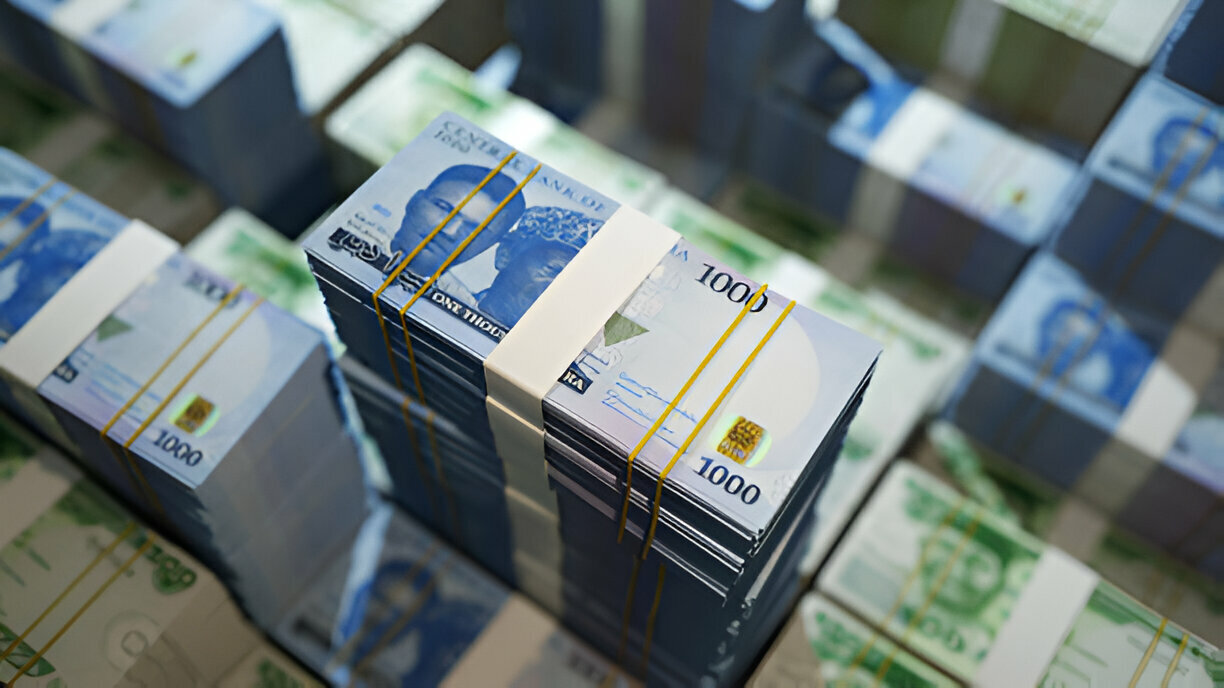Primary Markets play a crucial role in the lifecycle of Treasury Bills, serving as the first point where these securities are issued. If you have been following our timely blog posts, you might have seen our post on what Treasury Bills are and their importance. If you have not, kindly click here to check it out.
Now, let’s examine Treasury Bills in more depth—beyond their definition—to where they live and breathe: the primary and secondary markets.
Imagine a scenario where the government needs funds to finance infrastructure projects, manage economic policies, or cover short-term expenses. Instead of waiting for tax revenues, it turns to investors for immediate funding. That’s where Treasury Bills (T-bills) come in—a short-term, low-risk investment instrument issued by the Central Bank of Nigeria (CBN) on behalf of the Federal Government. But these T-bills don’t just exist in a vacuum; they move through two major financial ecosystems: the primary and secondary markets.
What is the Primary Market?
The primary market is where Treasury Bills are born. This is the first stop on their journey. Here, the CBN conducts regular auctions—typically every two weeks—where T-bills are issued with tenors of 91 days, 182 days, and 364 days.
Why Does the Primary Market Exist?
It allows the government to raise immediate funds for financing projects and managing cash flow.
Investors—including individuals, firms, companies, and financial institutions—get a direct opportunity to purchase T-bills at the source.
But what if an investor buys a T-bill today and later decides they need cash before it matures? That’s where the secondary market comes in.
The Secondary Market
Unlike the primary market, where investors buy directly from the government, the secondary market is where T-bills change hands after issuance. It’s like a resale marketplace—investors who already hold T-bills can sell them to others who are willing to buy. This market ensures that investors are not locked into their positions if they need liquidity before the maturity date.
Why Does the Secondary Market Exist?
Liquidity: Investors can buy and sell T-bills before their maturity date, allowing them to access cash when needed.
Market Pricing: As interest rates fluctuate, T-bill prices adjust accordingly. This means that investors can compare T-bills with other securities and assess their value based on current market expectations.
Key Differences Between the Primary and Secondary Markets
Primary Market:
Issuance: The CBN auctions new T-bills every two weeks.
Participants: Open to individuals, companies, financial institutions, and other investors.
Secondary Market:
Trading: T-bills are bought and sold through authorized dealers such as banks, stockbrokers, and discount houses.
Tenors: Investors can trade T-bills with remaining maturities ranging from 7 days to 363 days, offering flexibility.
Conclusion: Why These Markets Matter
The primary and secondary markets for Treasury Bills play a crucial role in Nigeria’s financial system. The primary market ensures that the government secures funding efficiently, while the secondary market provides liquidity and flexibility for investors. Together, these markets help maintain the stability and functionality of the broader financial landscape.
For savvy investors, understanding these markets is key to making informed decisions, optimizing returns, and managing risk in Nigeria’s dynamic investment environment.
